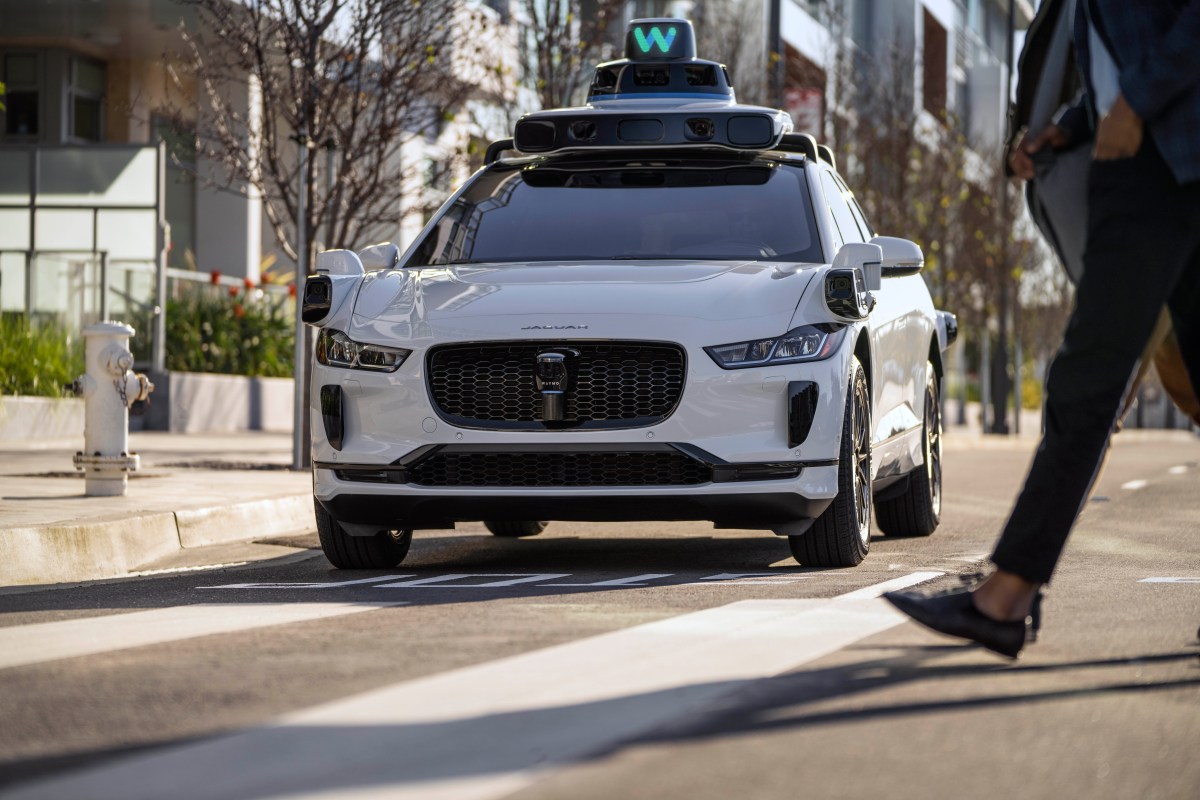diplomat33
Average guy who loves autonomous vehicles
Very little was actually actionable for an AV in this example. An AV should always be looking out for surrounding vehicles and people. If it sees emergency vehicles, it should already know to slow down. Whether the disabled car is on its side as claimed (it wasn't), upside down, or right side up is not germane. It's an obstruction in the road that must be avoided. It could be an alien spaceship or a pile of bricks for that matter.
It's nice that an LLM can decipher a photograph. But, this wasn't all that good of an example of how an LLM might enhance an AVs capabilities.
Perhaps the other example of reading parking signs was a better example.




